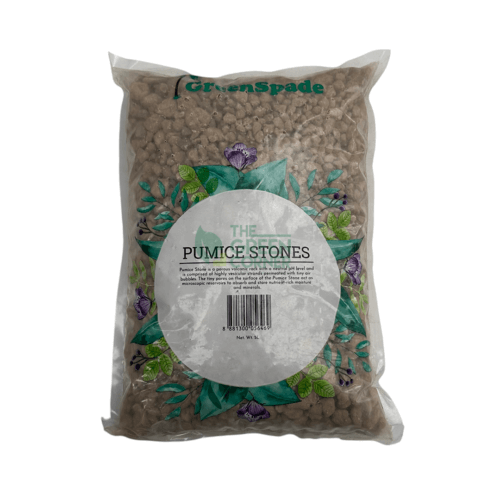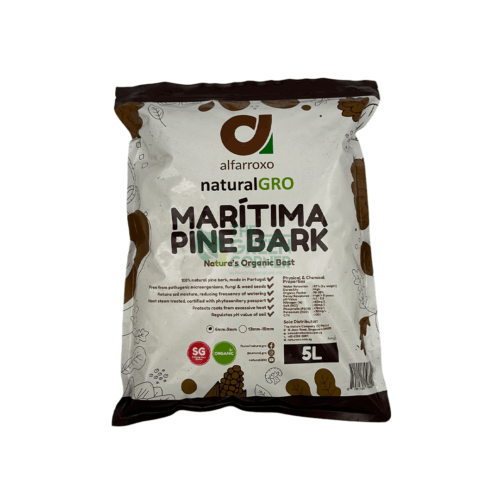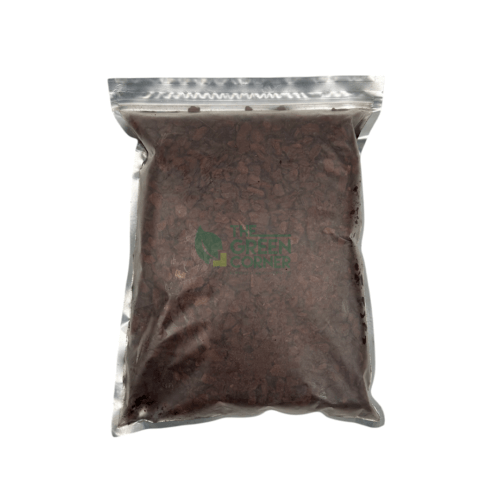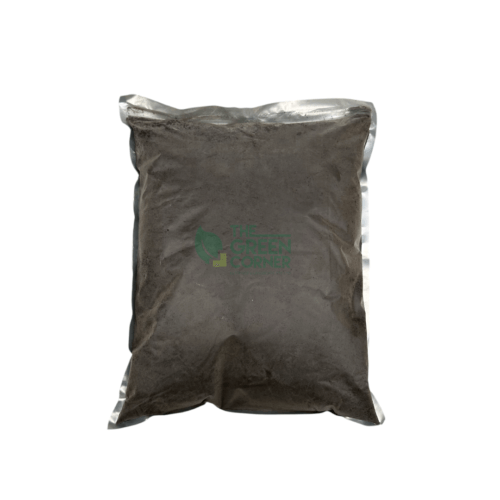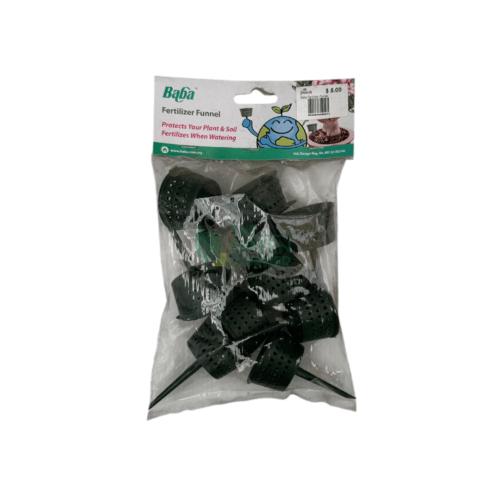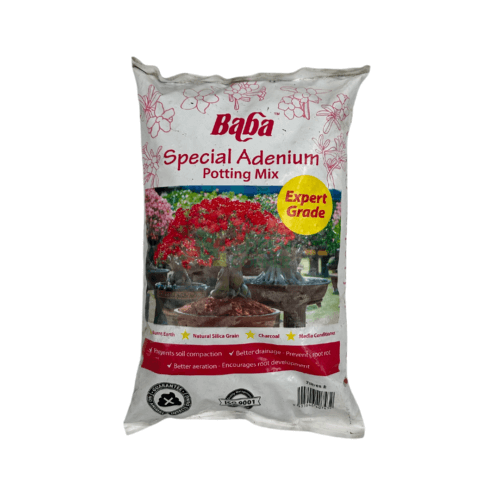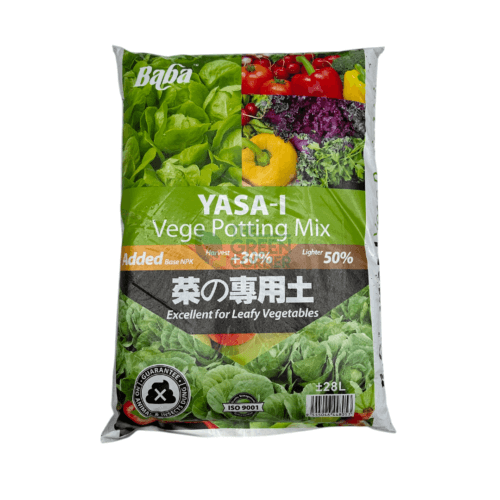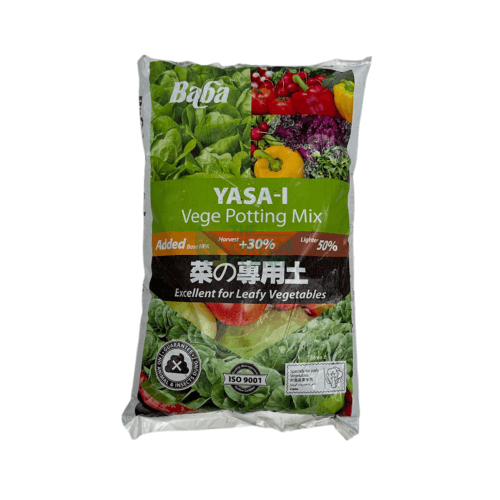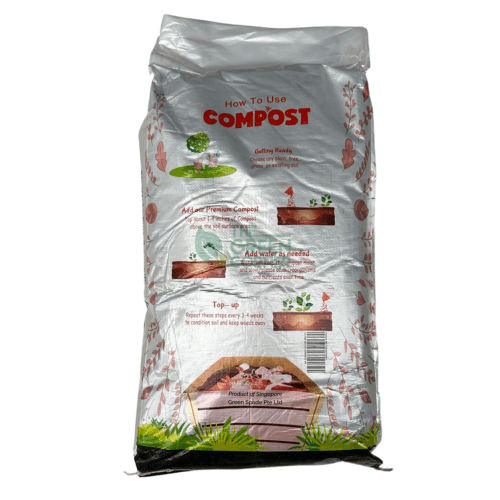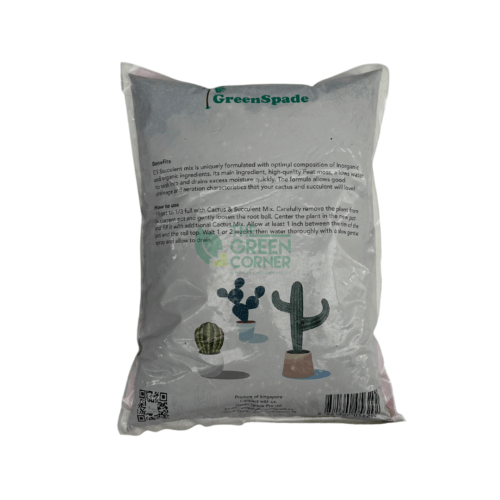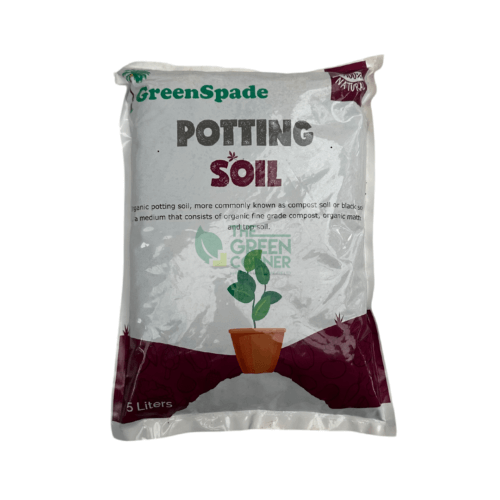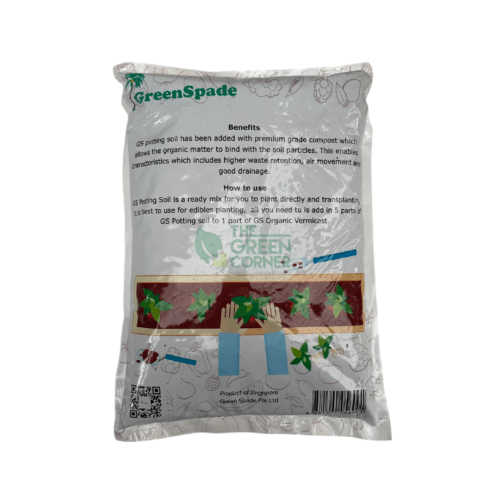Potting Soil & Potting Mix
Showing 1–12 of 45 resultsSorted by latest
Whether you are a seasoned gardener or just getting started with indoor plants, choosing the right potting soil and potting mix is essential for the health and growth of your green friends. This comprehensive guide will help you understand the different types of soil for garden use, how to select the best potting mix, and tips for keeping your plants thriving all year round.
What is Potting Mix and Potting Soil?
While often used interchangeably, potting soil and potting mix are not quite the same.
- Potting soil may contain actual soil (sand, silt, clay) and is generally used for outdoor containers.
- Potting mix, on the other hand, is a soilless blend designed to provide ideal aeration and drainage for container plants.
Understanding the difference between potting soil and potting soil mix for home plants is crucial when setting up containers or raised beds.
Key Benefits of Using a High-Quality Potting Mix
A premium potting mix supports:
- Better root development
- Enhanced aeration and drainage
- Balanced moisture retention
- Fewer soil-borne diseases
Top Ingredients to Look for in a Good Potting Mix
- Peat moss or coco peat for moisture retention
- Perlite or vermiculite for aeration and drainage
- Compost-enriched substrate to nourish plants naturally
- Worm castings or organic matter to enrich soil nutrients
- Slow-release fertilisers to reduce the need for frequent feeding
Moss-Enhanced Soil Mix Composition:
| Ingredient | Purpose | Recommended Proportion | Notes |
| Sphagnum Moss | Moisture retention | 20-30% | Keeps soil damp but prevents sogginess |
| Coco Peat | Water retention & aeration | 30-40% | Lightweight and sustainable |
| Perlite/Vermiculite | Improves drainage & aeration | 10-20% | Prevents compaction in mixes |
| Compost | Nutrient supply | 10-20% | Organic nutrient enrichment |
| Worm Castings | Natural fertilizer | 5-10% | Enhances soil microbial health |
These elements form the backbone of a ready-to-use planting mix that works for most indoor and outdoor plants.
Choosing the Best Potting Soil for Different Uses
Indoor Plants
For houseplants, choose an indoor potting blend that ensures good drainage and resists compaction. Look for the best potting mix for indoor plants in Singapore, especially if you are growing in a humid climate.
Vegetables and Herbs
Selecting the right soil for vegetables and herbs ensures a steady supply of nutrients and prevents root rot. A fertile garden bed soil with added compost is ideal.
Succulents and Cacti
Do succulents need a special potting mix? Yes, they do! Succulents require a well-draining soil mix with sand and perlite to avoid root rot.
Choosing the Right Soil Mix for your plant
- Lightweight and well-draining for container gardens
- Nutrient-rich with organic compost
- pH balanced for optimal root absorption
- Avoid heavy clay-based mixes which retain excess water
Right Soil Mix for the right place:
| Product | Ideal For | Key Benefit |
| General Purpose Soil Mix | Indoor & garden containers | Balanced drainage and nutrient retention |
| Succulent-Friendly Mix | Drainage-critical plants & moss displays | Minimizes root rot and keeps moss textures intact |
| Lightweight DIY Frame Mix Kits | Moss-in-a-frame installations | Easy to layer, supports vertical mounting, low mess |
| Eco-Green Earth Mix | Sustainable gardening & décor | Peat-free and environmentally responsible |
Tips for Mixing Your Own Potting Soil Mix at Home
If you are a DIY gardener, making your own potting mix can be cost-effective and rewarding. Here is a simple recipe:
- 2 parts peat moss or coco coir
- 1 part perlite or pumice
- 1 part compost or worm castings
Optionally add:
- A tablespoon of slow-release fertiliser
- Crushed eggshells for calcium
This is a great way to create a custom soil for garden use tailored to your plant’s specific needs. How Often Should You Replace Potting Soil in Containers?
To maintain plant health and soil structure, it is recommended to replace potting soil every 1 to 2 years. Over time, nutrients get depleted and the soil becomes compacted, reducing root health.
Signs it is time to replace:
- Water no longer absorbs well
- Foul smells or mould growth
- Slowed plant growth
How to Improve Soil Drainage for Potted Plants
Good drainage is key to avoiding root rot. Here is how you can enhance it:
- Use containers with drainage holes
- Add a layer of gravel or pebbles at the bottom
- Mix in extra perlite or pumice
- Avoid compacting the soil conditioner for potted plants when filling containers Where to Buy High-Quality Potting Soil in Singapore
Look no further than The Green Corner where we have every soil tended to your needs. Drop us a message and we will assist you with finding the right soil for your plants.
Which Soil is Best for Balcony Gardening in Humid Climates?
In Singapore’s humid environment, choosing a lightweight and well-aerated potting mix is critical for balcony plants. Ensure your mix includes:
- Coco peat for water retention without sogginess
- Perlite for drainage
- Compost for nutrients
This makes an ideal soil for garden containers that prevents fungal diseases and promotes healthy growth.
Final Thoughts: Investing in the Right Soil Pays Off
Your plant’s health begins at the root level. Whether you are using potting soil, creating a compost-enriched substrate, or choosing a well-draining soil mix, quality always matters. Understanding the difference between potting soil and garden soil for home plants empowers you to make informed decisions.
Choose a potting mix that fits your plant’s specific needs, be it herbs, veggies, succulents, or leafy houseplants and watch your garden flourish.
By following these tips, you will not only learn how to choose the right soil mix for herbs and veggies, but also ensure your soil nutrients for plants remain optimal. Happy planting!
